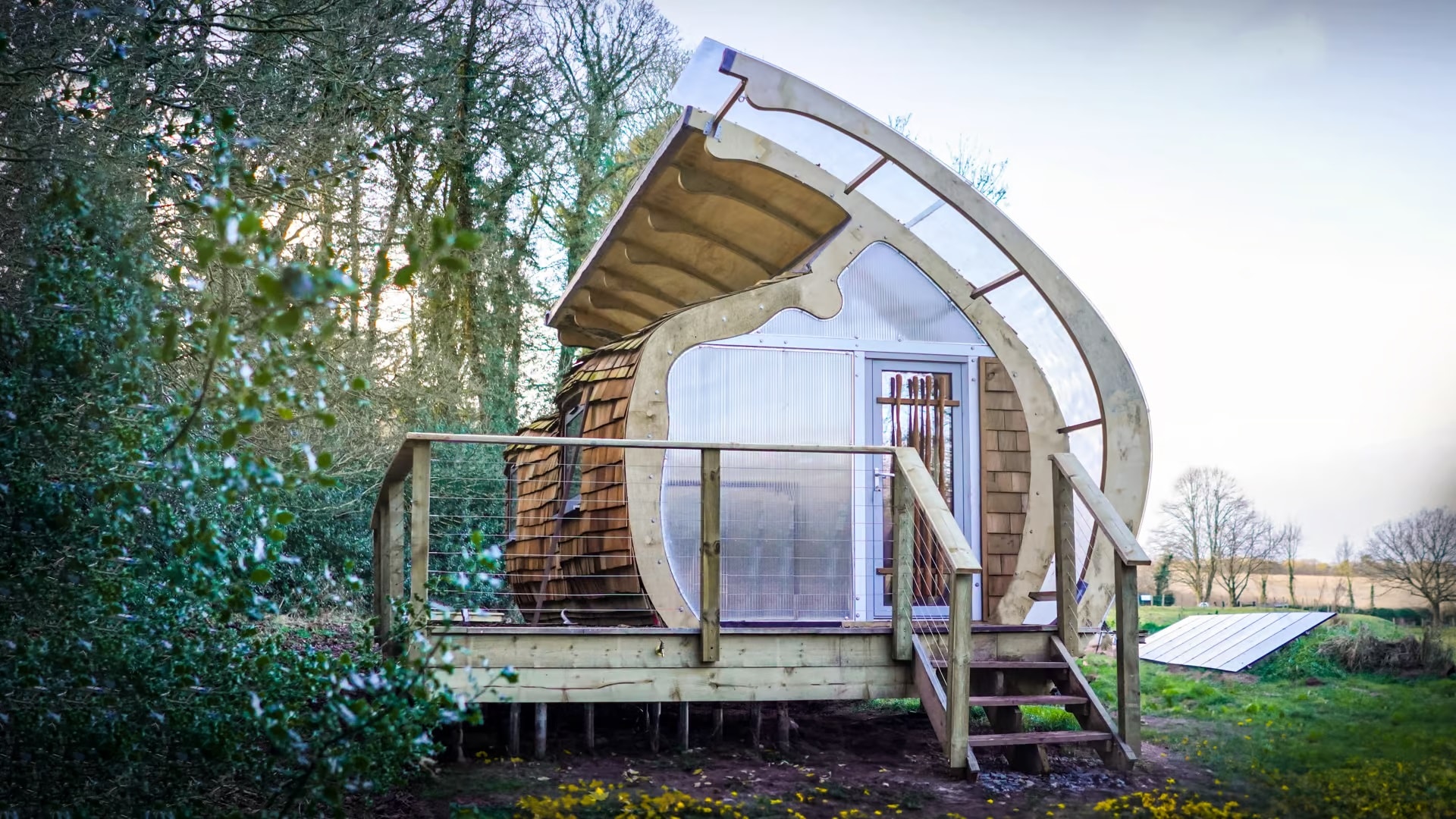Within the construction industry, modular construction has been promising to revolutionize the way buildings are created by offering speed, efficiency, and environmental sustainability. Despite these advantages, the widespread adoption of modular construction in the U.S. construction sector has been slower than expected.

.
This phenomenon raises important questions about the ecosystem surrounding modular construction and the critical relationships that need to be fostered for its success. Let’s take a look into the intricate ecosystem of modular construction, the challenges faced, and why it has struggled to gain a stronger foothold in the U.S. market.
Understanding the Modular Construction Ecosystem
At its core, modular construction involves the prefabrication of building sections (modules) in a factory setting, which are then transported to the construction site for assembly. This approach contrasts with traditional construction methods, where the entire building process takes place on-site. While the modular method offers numerous benefits, its successful implementation hinges on a complex ecosystem of stakeholders, including developers, designers, financial institutions, and construction teams.
Developers: For modular construction to take off, it requires developers willing to invest in this innovative approach. Developers are crucial in initiating projects and determining the construction method. Their willingness to adopt modular construction depends on understanding its value proposition, including cost savings, reduced construction timelines, and environmental benefits.
Designers: Architects and engineers must create designs that accommodate modular construction. This requires a paradigm shift from traditional design practices to consider the modularization of building components, transportation logistics, and on-site assembly requirements.
Financial Institutions: Banks and financiers play a pivotal role in the ecosystem. They must be prepared to finance modular construction projects, which involves understanding the unique risks and benefits of this approach compared to traditional construction. Financing challenges, such as valuing prefabricated components and managing payment schedules that align with module production and delivery, are key concerns.
Construction Teams: Skilled on-site teams are essential for the final assembly of modular buildings. These teams need specialized knowledge to handle the unique challenges of modular construction, including crane operations for module placement and the intricacies of joining prefabricated components.
The Benefits Must Be Shared
For the modular construction ecosystem to thrive, each stakeholder must not only understand their role and the requirements of modular systems but also share in the benefits. This includes faster project completion times, reduced labor costs, lower environmental impact, and the potential for higher quality outcomes due to the controlled factory setting of module production. When these benefits are clearly communicated and realized by all parties involved, the incentive for adopting modular construction increases significantly.
One question that always seems to come up during this phase is who is responsible for coordinating and driving this shared responsibility. You?
Challenges in Persuading the U.S. Construction Sector
Despite its advantages, modular construction has faced several obstacles in persuading the U.S. construction sector to embrace this method more widely.
Lack of Awareness and Understanding: One of the primary barriers is the general lack of awareness and understanding of modular construction among many stakeholders. Misconceptions about the quality, durability, and aesthetic possibilities of modular buildings have hindered wider acceptance.
Regulatory Hurdles: The modular construction process can be hampered by local building codes and regulations that are not adapted to accommodate prefabricated components, leading to delays and added costs
Cultural Resistance: The construction industry is traditionally conservative, with a preference for proven methods over new innovations. This cultural resistance to change can be a significant obstacle to adopting modular construction techniques.
Supply Chain and Logistics Challenges: Modular construction requires a robust supply chain and efficient logistics for transporting large modules. The lack of established supply chains for modular components in some regions and the logistical complexities of transporting modules can deter potential adopters.
Fragmentation of the Construction Industry: The highly fragmented nature of the construction industry, with its myriad of small players and specialized contractors, complicates the coordination and standardization required for modular construction.
Follow the Yellow Brick Road
The path to widespread adoption of modular construction in the U.S. is fraught with challenges that stem from the need for a cohesive ecosystem of stakeholders who are informed, engaged, and incentivized to embrace this innovative approach. For modular construction to realize its full potential, players in the ecosystem must not only navigate these challenges but also forge strong relationships and align their interests toward the common goal of transforming the construction industry.
By addressing the educational gaps, regulatory barriers, and logistical hurdles, and by promoting a culture of innovation and collaboration, modular construction can move from being a promising alternative to becoming a mainstream construction method.
.
Gary Fleisher is a renowned blogger, consultant, and commentator on construction and housing trends, known for his insightful analysis of the industry.



